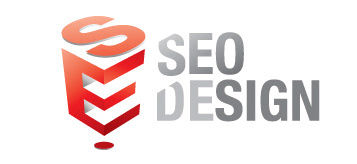EXPRESSIVE WORD (STATIC)
The purpose of this assignment is to experiment with text only and typographically to enhance the meaning of a word while exploring the computer’s typesetting potential. To achieve the desired effect, avoid simply repeating the words or creating an illustration from the letter form. The best solutions not only enhance the word’s meaning but are cleaver and aesthetically pleasing. Sometimes an unexpected effect can be achieved when the typographic solution contradicts the meaning of the word, setting “big” with small type, for example.
EXPRESSIVE WORD (KINETIC)
This assignment is continue previous assignment ‘Type expression’. After achieving the goal of static type expression, students focused on communication method in kinetic, in which audience is able to respond a message and information interactively. The purpose of this assignment is to express a word in kinetic. Students explored various ways to delivery visual concept in spatial and temporal.
KINETIC TYPOGRAPHY
The purpose of this assignment is to explore more enhanced typographic expression in multi-media. Typographic express always conveys a message easy and clear in various mass media such as movie, music and online information. This is another matter graphic designer need to understand visual communication based on musical rhythm and tempo. Through this assignment, students executed how to compose moving type in a moving space.
VISUAL HIERARCHY IN TYPOGRAPHY
The purpose of this assignment is to explore type rules addressed by Rob Carter. Obeying and breaking the rules in the guidelines are primary theories and methods for the design process of the type composition; they can be treated as both syntactic and semantic vehicles. Students experimented with four (4) different type of composition with given rules and guidelines (size, weight, kerning, leading with graphic elements).
TYPOGRAPHIC COMPOSITION
This assignment addresses a variety of type composition with type as symbol, image and language with intensive disciplines for experimenting various typographic composition methods. Students experimented with various numbers of page in which typographic form shows different role and function (type as image, symbol and language).
TYPOGRAPHIC SYMBOL
The purpose of this study was to understand typographic symbol as how letterform/word delivers visual concept through various abstract transforms such as brand identity, logo design, icon, etc. In addition, students demonstrated print and digital media to perceive distinguished values between traditional calligraphy and digitalized typeface design. Through successful accomplishment in part 3, students were to able to execute an enhanced creativity of dealing with type logos for brand identity and other graphic arts.
EXPERIMENTAL TYPOGRAPHY 3D
The purpose of this study was to explore typography as a new medium. Students experimented type expression through 2D and 3D visual construction. Through this discipline, students gained creative experiences not only for understanding typographic role and function in interpretations of letterfroms/words as being more cohesive visual attention to the audience.
